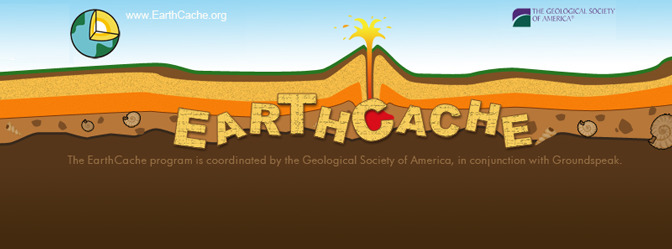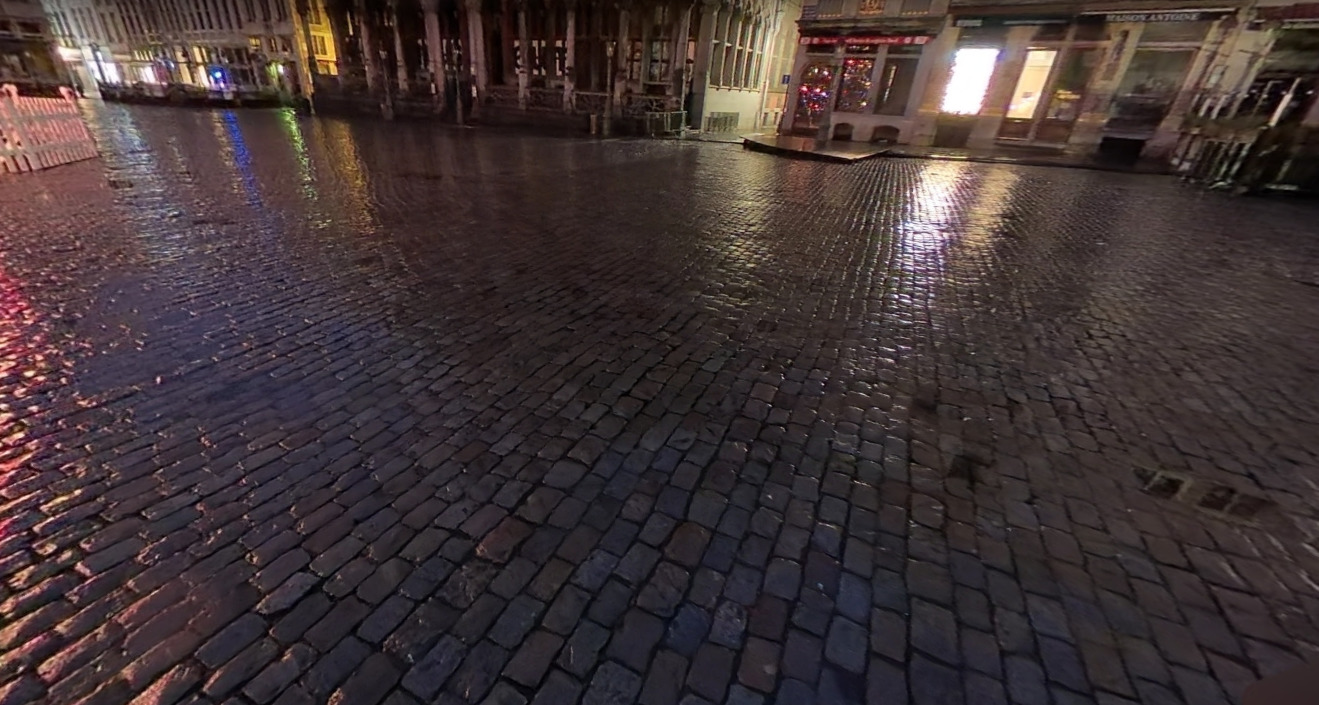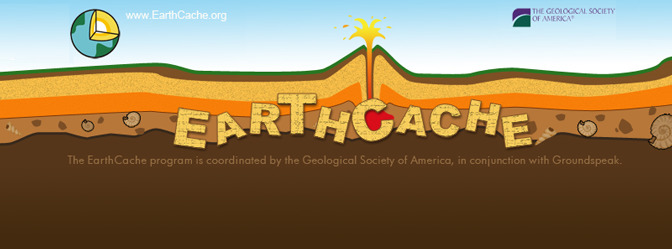
(english below)

La Géologie
Le porphyre belge appartient aux roches ignées. Ces roches ont été formées par la cristallisation du magma. Le caractère de la roche, qui est formée à partir de magma, dépend non seulement de la composition du magma lui-même, mais souvent aussi des conditions physiques de l'environnement dans lequel la solidification du magma a lieu. Dans les parties les plus profondes de la croûte terrestre, le magma se solidifie lentement. Dans de telles conditions, des roches contenant des minéraux individuels, généralement reconnaissables macroscopiquement, se forment.
Le feldspath constitutif de ce porphyre se présente sous forme de cristaux maquereaux et finement striés, et appartient nécessairement au sixième système. La couleur de ces cristaux est blanche, ou blanc légèrement verdâtre, avec un éclat vitreux; et quand d'une couleur jaune verdâtre, avec un éclat gras. La dureté de ces derniers étant bien inférieure à celle des cristaux blancs, il est probable qu'ils aient été altérés par infiltration et par pseudomorphose. Lorsqu'elle est de couleur rouge, la rubéfaction a été produite par l'action atmosphérique.
Le feldspath constitutif de ce porphyre est donc l'oligoclase. Cet oligoclase, comme dans tous les porphyres, est dispersé à travers une pâte feldspathique non cristalline, résidu de cristallisation, et dans laquelle se trouvent également toutes les substances contenues dans le feldspath, mais dans des proportions quelque peu différentes. Je le désignerai sous le nom de pâte feldspathique. La couleur verte de cette pâte montre qu'elle est plus riche en oxyde de fer et de magnésie que le feldspath, et ceci est probablement à attribuer à une pseudomorphose, qui tendrait à transformer certaines portions; en effet, si la partie vert foncé est examinée au microscope, on la voit formée de petites paillettes agglomérées d'une couleur vert noirâtre, qui tapissent les espaces à gauche.
Ressources: wikipedia Porphyry, wikipedia Igneous_rock, brussels-express.eu
Des questions:
1. Décrivez comment le porphyre local a vu le jour.
2. À partir de la taille des cristaux de porphyre, déterminez à quelle vitesse le magma s'est solidifié. Plus les cristaux sont petits, plus la solidification du magma est rapide.
3. Prenez une photo de vous ou un GPS avec des carreaux.
Loguez cette cache" Found it "et envoyez-moi vos propositions de réponses soit via mon profil, soit via la messagerie geocaching.com (Message Center), et is vous contacterai en cas de problème.

Welcome to my next EarthCache! In the streets of Brussels, igneous rocks are still used for paving. Belgian porphyry is the most used on the Grand-Place.

Geology
Belgian porphyry belongs to igneous rocks. These rocks were formed by the crystallization of magma. The character of the rock, which is formed from magma, depends not only on the composition of the magma itself, but often also on the physical conditions of the environment in which the solidification of the magma takes place. In the deepest parts of the earth's crust, magma slowly solidifies. Under such conditions, rocks containing individual minerals, usually macroscopically recognizable, are formed.
The constituent feldspath of this porphyry occurs in mackled and finely striated crystals, and necessarily belongs to the sixth system. The colour of these crystals is white, or slightly greenish white, with a glassy lustre; and when of a yellow greenish colour, with a fatty lustre. As the hardness of the latter is much less than that of the white crystals, it is probable that they have been altered by infiltration and by pseudomorphosis. When of a red colour, the rubefaction has been produced by atmospheric action.
The constituent feldspath, therefore, of this porphyry is oligoclase. This oligoclase, as in all porphyries, is scattered through a feldspathic uncrystalline paste, the residue of crystallization, and in which also are found all the substances that are contained in the feldspath, but in somewhat different proportions. I will designate it by the name of feldspathic paste. The green colour of this paste shows that is is richer in oxide of iron and magnesia than the feldspath, and this is probably to be attributed to a pseudomorphose, which would tend to transform certain portions; indeed, if the dark green portion be examined with a microscope, it is seen to be formed of small agglomerated spangles of a blackish green colour, which line the spaces left.
Resources: wikipedia Porphyry, wikipedia Igneous_rock, brussels-express.eu
Questions:
1. Describe how the local porphyry was created.
2. From the size of the porphyry crystals, determine how fast the magma solidified. The smaller are the crystals, the faster was the solidification of the magma.
3. Take a picture of yourself or a GPS with cobblestones.
Log this "Found it" cache and send me your suggested answers either via my profile or via geocaching.com (Message Center), and will contact you in the event of a problem.